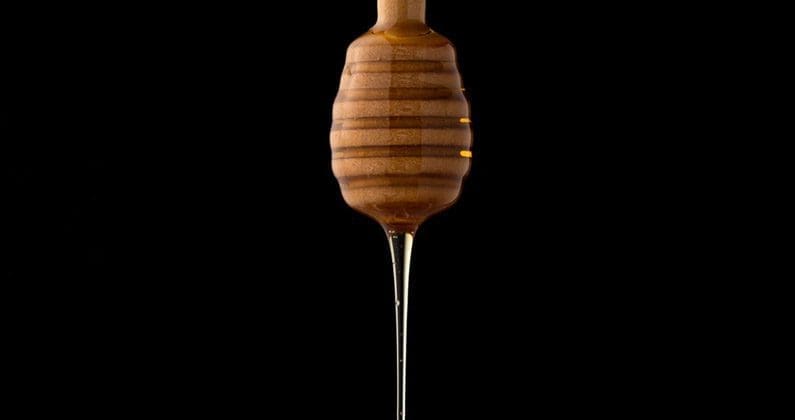You may have first heard about mead from reading “Beowulf” or watching “Game of Thrones,” or perhaps you stumbled upon it at a roadside fruit stand. Mead is a beverage that hasn’t always been given that much love, as it evokes images of the medieval times, with people decked in armor raising their mugs. However, it might be fair to say that mead is experiencing a bit of a resurgence.
One of the oldest tales of mead tells the story of honey being left out in the rain. The honey and water mixed, it was exposed to the air causing it to ferment and people who decided to try drinking it got drunk right off the bat. That’s certainly not how mead is being made these days, and it’s definitely not the syrupy-sweet drink newcomers to mead assume it to be.
Mead stands on its own as an individual beverage. It’s just as intricately crafted and well balanced as beer, wine and cider, and it’s becoming more and more approachable as an everyday drink. So what exactly is mead made from and what’s the process like? We chatted with Phil Lorenz, co-founder of Nectar Creek, to find out.
What exactly is mead?
Alcohol categories are defined by the sugar (fruit or grain) that is fermented to create them. Whereas wine gets its alcohol from fermented grapes, and beer gets its alcohol from fermented grain, mead gets its alcohol from honey. “Mead is a fermented drink made from honey,” Lorenz says. “Mead ranges hugely in styles. The kind of mead one could make is endless.”
There is a vast number of different types of meads out there, and each is classified based on sweetness, alcohol strength, appearance, aroma and even carbonation levels.
What else can be added to mead?
At its core, mead is a mixture of honey, yeast and water that gets fermented. Because honey acts as a baseline canvas for this beverage, it has the potential to be paired with so many other components.
“The most common is definitely fruit, and especially berries,” Lorenz says, adding that fruits such as currants, raspberries and blackberries are common choices. “Anything from a spice perspective with a strong flavor is a good addition too. Things like cinnamon, and especially ginger, are very popular.”
As wine and beer have a tannic or acidic component to them, providing structure, mead doesn’t possess that right from the get-go. Other ingredients typically need to be added to round out a mead’s flavor profile. “Things that lean toward having a tannic contribution add more body and structure,” Lorenz says.
And what about the honey?
According to Lorenz, one of the most interesting things about mead is that every honey is different. “Any nectar-producing flower that a bee can visit can create a different profile and character in mead,” he says.
From white clover to buckwheat and orange blossom, each type of honey utilized can impart different flavor characteristics on the end product. Some types of honey are more neutral, while others are incredibly pungent, packed with floral aromatics. “The world of mead is so broad when choosing your honey,” Lorenz adds. “And all of that carries through in the mead.”
How is mead made?
The process for making mead can be comparable to the same process for making beer or cider, or a hybrid between the two.
One of the most important steps is to figure out how to integrate the honey and water to create the must, or the unfermented liquid that kicks off the process. “We keep the honey as cold as possible to preserve its character,” Lorenz says.
While some mead makers will heat the honey to blend it with the water, or heat it up and cool it back down, Lorenz chooses against that method. Once the honey and water are added to the tank, they’re spun together to physically agitate the two components, creating the blend.
Next up, yeast is added to convert the sugars in the honey into alcohol. “The yeast options are vast,” Lorenz says. “The yeast can create all sorts of different flavors.”
Depending on the mead being made, the honey and yeast being used and temperature, the timing in the tank will vary. Some meads may be sent straight to the bright tank for carbonation before being kegged or bottled, while other meads may rest in the tank or barrel for weeks, months or even years.
Interested in tasting some mead yourself? Here are a few PNW-made meads to get you started.








